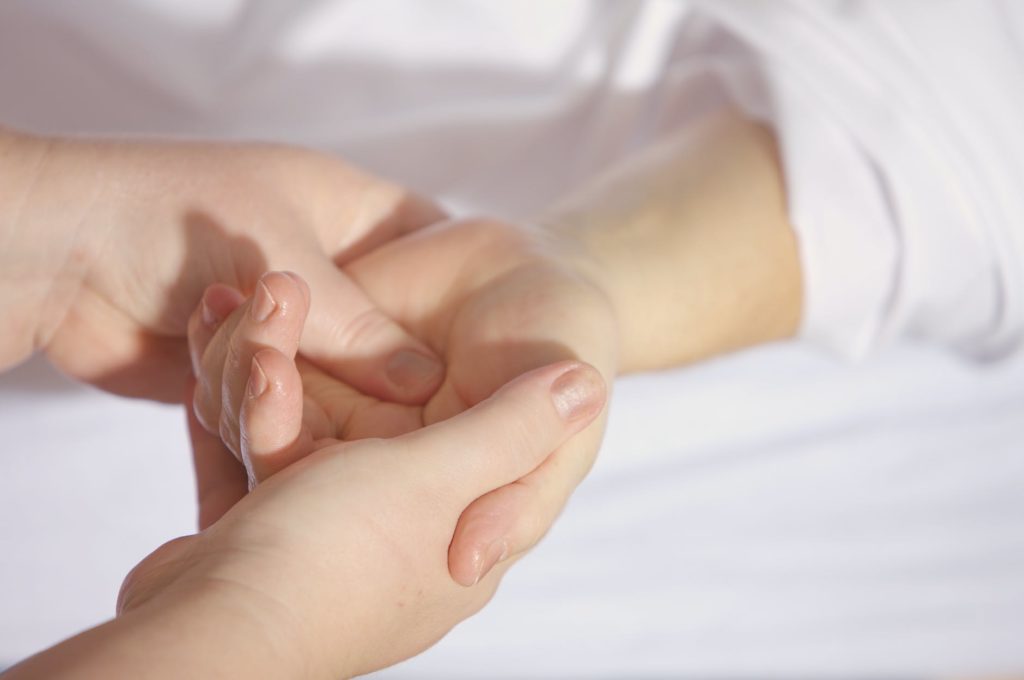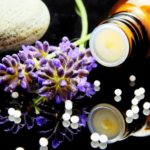Swedish And Ayurvedic Massage Methods
Various influences in massage therapy have cropped up leading to the creation of several methods that differ in techniques but offer the same health benefits. The Swedish and Ayurvedic massages both have different origins and use contrasting styles but contribute a lot to achieving a healthy and relaxed body. With all the kinds of massage therapy programs available today, it has become really difficult for people to choose.
Swedish Massage, which is also known as classic or traditional massage is the most common massage therapy method and is usually preferred by the majority of people. It is characterized by long and flowing strokes which relax muscles, improve joint flexibility, and aid in better circulation.
The first stroke known as effleurage involves long, gliding strokes from the neck down to the base of the spine or from the shoulder down to the fingertips. It is also done on the limbs with all strokes directed toward the heart to aid blood and lymphatic flow. The therapist uses his whole hand or a thumb pad. This technique is done for familiarization of the person’s body
Petrissage
Next is petrissage which consists of the gentle lifting of muscles up and away from the bones, then rolling and squeezing them, with gentle pressure. It generally involves rolling, squeezing, or pressing the muscles to enhance deeper circulation. It increases circulation by eliminating toxins from muscle and nerve tissue.
Friction, the third technique and the most forceful one are characterized by deep circular movements using fingertips applied near bony areas and joints and it relaxes the muscle fiber which enhances flexibility in muscles and joints.
After friction, another technique called tapotement is done. Tapotement is a series of quick forceful movements made by striking or tapping the muscles with the hand. It can be applied with a closed fist, fingertips, and the edge of the hand. It releases tension and relieves muscle cramps.
Lastly, the therapist uses vibration or shaking that entails the pressing of hands on the back or limbs and shaking in a rapid motion for a few moments. It improves circulation and muscle contraction and is beneficial to people with low-back pain.
On the other hand, Ayurvedic massage originated in India and its aim is to create harmony and balance within the individual it aids in the removal of toxins and rejuvenation of the body. It was not practiced publicly until Indian practitioners decided to roam around and give muscle, joint, and back massages
Ayurvedic massage is based on a special system that includes the knowledge of Ayurvedic and Greek systems of medicine which is focused on Ayurvedic doshas and marmas or pressure points. Muslim massage techniques were also adopted in this system.
Ayurvedic massage techniques use specific oils that suit your dosha and depend on your being. One is the Abhyanga-Garshana which comprises skin brushing followed by an oil massage, Udwarthanam which is a slimming massage that uses herbal powders, and the Ayurvedic foot massage which is a deep massage where the therapist uses his feet.
Now with enough knowledge of both Swedish and Ayurvedic massage, a person has of course the privilege to choose among the two which best suits his/her style of relaxation. But with both massages having unique techniques, the choosing part can be a little tricky though.
DISCLAIMER:
This information is not presented by a medical practitioner and is for educational and informational purposes only. The content is not intended to be a substitute for professional medical advice, diagnosis, or treatment. Always seek the advice of your physician or other qualified healthcare providers with any questions you may have regarding a medical condition. Never disregard professional medical advice or delay in seeking it because of something you have read.
Since natural and/or dietary supplements are not FDA-approved they must be accompanied by a two-part disclaimer on the product label: that the statement has not been evaluated by FDA and that the product is not intended to “diagnose, treat, cure or prevent any disease.”





